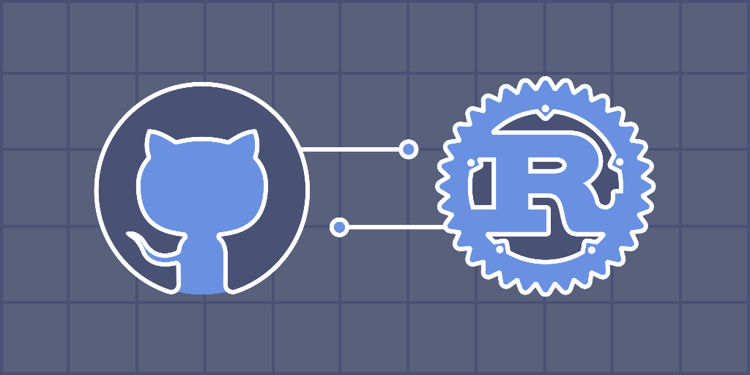This device is not compatible.
You will learn to:
Create a Rust-based GitHub Actions repository with the required descriptor file.
Implement command-line option and environment variable parsing in Rust.
Scan the filesystem to count the number of TODO comments in source files.
Implement interaction with GitHub Actions job output.
Create a Dockerfile for the custom action.
Create a workflow to build and publish the Docker image.
Skills
Unit Testing
Docker Images
Task Automation
Prerequisites
Basic understanding of Rust
Good understanding of Docker and Dockerfiles
A working and valid GitHub account
Technologies
Rust
Docker
GitHub
Project Description
GitHub Actions are great for automating builds, software releases, and overall GitHub repository management. They come with a rich ecosystem full of reusable functions for a wide variety of tasks and workflows. For those times when custom functionality is required, GitHub Actions allow us to develop our own and even share it with others in the marketplace. Docker-based actions are appropriate for complex tasks. This approach allows us to use any language to develop our custom action, but, ideally, it would result in a small Docker image that is fast and efficient.
Rust is a typed, memory-safe systems programming language that can be ideal for just this kind of situation. With the right approach, it allows us to build a Docker image that is no larger than a few megabytes, which means short start-up times and resource-efficient execution.
In this project, we will build a custom GitHub Action that can be used to count the number of TODO comments in our source code.
Project Tasks
1
Introduction
Task 0: Get Started
Task 1: Set up a Docker Container for GitHub Actions
Task 2: Initialize GitHub Actions Configuration
Task 3: Test the Custom Action with a GitHub Workflow
2
Basic Functionality
Task 4: Locate Repository Root in GitHub Actions
Task 5: Process Directories Recursively
Task 6: Iterate Over Lines of Text
Task 7: Scan Lines for TODOs
Task 8: Add Unit Tests
3
Inputs and Outputs
Task 9: Format Log Output
Task 10: Define Input Parameters
Task 11: Parse Command-Line Arguments
Task 12: Generate Step Summary
Task 13: Define Output Parameter
Task 14: Write Output Parameter
4
Continuous Integration
Task 15: Create a GitHub Repository
Task 16: Customize Release Profile
Task 17: Build and Publish Docker Image
Task 18: Use Published Docker Image
Congratulations!
Subscribe to project updates
Atabek BEKENOV
Senior Software Engineer
Pradip Pariyar
Senior Software Engineer
Renzo Scriber
Senior Software Engineer
Vasiliki Nikolaidi
Senior Software Engineer
Juan Carlos Valerio Arrieta
Senior Software Engineer
Relevant Courses
Use the following content to review prerequisites or explore specific concepts in detail.
